La Isabela: First European Settlement in the Americas
Visit La Isabela, the first European settlement in the Americas. Discover historic ruins, colonial history, and scenic coastal views in the Dominican Republic.
HIDDEN GEMS & OFF-THE-BEATEN-PATH
2/13/20255 min read
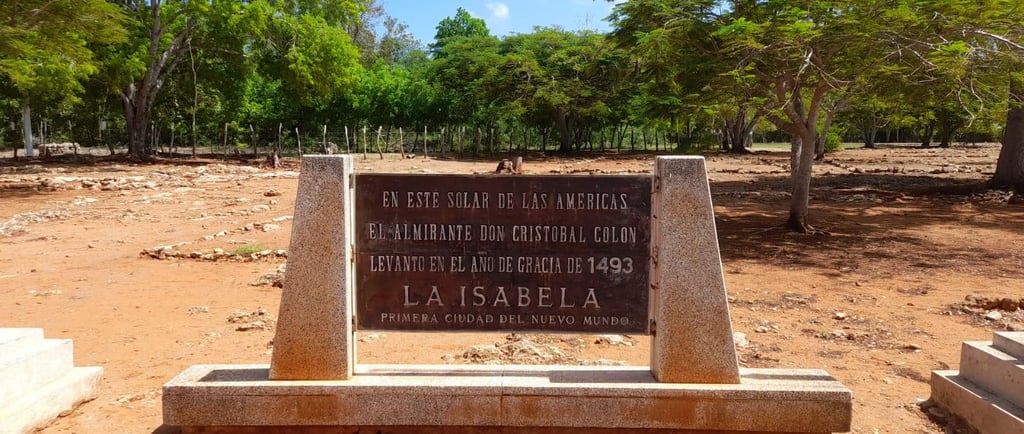

La Isabela is one of the most important historical sites in the Caribbean. Located on the northern coast of the Dominican Republic, it was founded by Christopher Columbus in 1493 and became the first permanent European settlement in the Americas. Many travelers are surprised to learn that La Isabela came before Santo Domingo, marking the true beginning of European colonization in the New World.
It was here that the first Catholic Mass in the Americas was held. Archaeologists have uncovered signs of early mining and metalworking, showing how the Spanish settlers began shaping the region’s history. But life in the colony was difficult. A major epidemic struck soon after the town was established, becoming the first recorded outbreak of disease in the Americas. The settlers also struggled with poor weather, limited food, and rising tensions, eventually leading to the colony’s abandonment by 1498.
La Isabela also holds the memory of the Taíno people, who lived in the region long before Columbus arrived. Chiefs like Caonabo led powerful resistance against Spanish rule, shaping the story of the early encounters between two worlds.
Today, La Isabela is a peaceful place where you can walk through real history and enjoy incredible coastal views. Whether you’re passionate about the past or just want to discover something different, this is a must-visit destination on the Dominican Republic’s north coast.
✅What to Expect at La Isabela
Here are some highlights you’ll find:
Columbus’s House: Explore the stone foundations of what was once the home of Christopher Columbus.
The First Church in the Americas: Visit the location where the first Catholic Mass in the New World was held in 1494.
Archaeological Museum of La Isabela: See original artifacts left behind by the Spanish settlers, including pottery, tools, and weapons.
The Cemetery: Discover the final resting place of some of the first Europeans in the Americas.
Taíno Artifacts: Learn about the indigenous people who lived here first through displays of their pottery, tools, and cultural items.
Coastal Views: The site is located on a cliffside with breathtaking views of the Atlantic Ocean. It’s peaceful, scenic, and full of photo opportunities.
Museum Shop: You can buy small souvenirs, books, and local crafts at the museum’s gift shop.
Restrooms Available: Clean bathrooms are available near the entrance and museum area.
The park is open daily from 9:00 AM to 6:00 PM, and the entrance fee is approximately 120 Dominican Pesos (around $2).
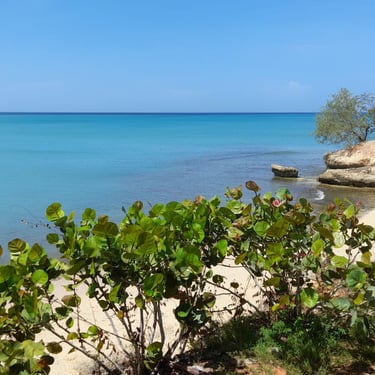
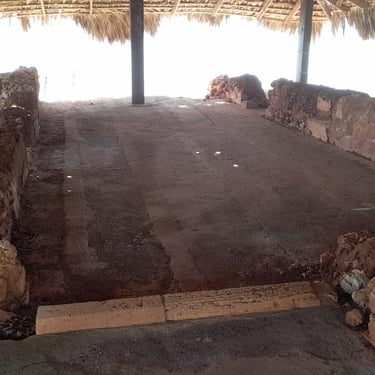
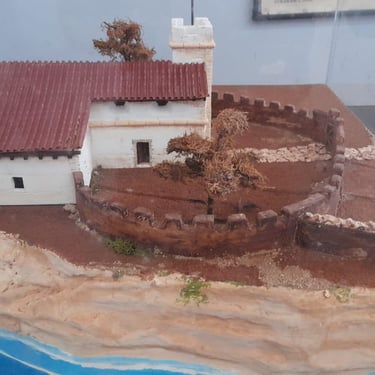
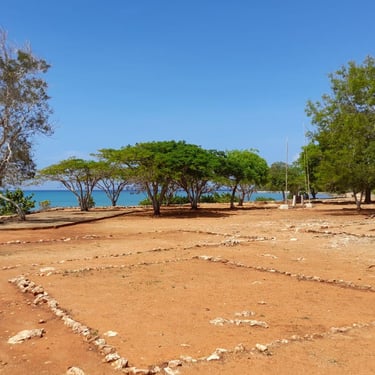
✅How to Get to La Isabela
La Isabela is about 42 km west of Puerto Plata, near the village of El Castillo. Here’s how you can get there:
By Car: The drive from Puerto Plata takes about 1 hour. From Santo Domingo, it’s a 4-hour drive. A rental car is a great option for flexibility. Stop at viewpoints, beaches like El Castillo. Read more about renting a car.
By Taxi: From Puerto Plata, a taxi costs about US $60–75, usually faster than public transit
By Bus: Take a bus to Puerto Plata, then hire a taxi or local transport to La Isabela.
Guided Tours: Some tour companies offer excursions to La Isabela, which include transportation and a guide.
✅Tips for Visiting La Isabela
Here are some essential travel tips to make the most of your historical adventure:
✔️ Wear Comfortable Walking Shoes: The site includes ruins, dirt paths, and uneven ground. Sturdy sneakers or hiking sandals are your best bet for a safe and comfortable visit.
✔️ Bring Water, Snacks, and Cash: There are limited food and drink options near the archaeological park, and no ATMs nearby. Pack water, light snacks, and small cash bills in case you find a local vendor or need to tip your guide.
✔️ Use Sunscreen, Sunglasses, and a Hat: The area can get very hot, especially around midday. There’s minimal shade at the ruins, so protect yourself from the sun. Read more about beating the heat.
✔️ Visit in the Morning: Arrive early to beat the heat and avoid crowds. Morning light also makes for better photos!
✔️ Hire a Local Guide: Guides are often available near the entrance. For a small fee, they’ll share fascinating stories and facts you won’t find on the signs. Some even speak English.
✔️ Learn a Bit Before You Go: La Isabela is more meaningful when you understand its background. It’s not just about Columbus — it's also about the first interactions with the Taíno people.
📖 Recommended read: “Taínos and Caribs: The Aboriginal Cultures of the Antilles”
✅Accommodations Near La Isabela
While La Isabela itself is a historical site without lodging options, several nearby accommodations offer comfort and convenience for visitors. Here are some recommended places to stay:
Punta Rucia Lodge Hotel Boutique & Spa
Location: Punta Rucia
Description: This oceanfront boutique hotel offers luxurious amenities, including a poolside bar and fine dining restaurant. Guests can enjoy spacious rooms with modern decor and stunning sea views.
Distance from La Isabela: Approximately 30 kilometers (about a 40-minute drive)
Location: Punta Rucia, Dominican Republic
Description: Located right on a quiet, private beach, La Isla Bonita offers charming and comfortable accommodations with air conditioning, an on-site restaurant, bar, and sun loungers perfect for unwinding. It’s an excellent choice if you want to relax by the ocean after visiting La Isabela or exploring nearby natural attractions like Cayo Arena (Paradise Island).
Distance from La Isabela: Approximately 32 kilometers (about a 45-minute drive)
Location: Villa Isabela
Description: This resort offers free breakfast, Wi-Fi, and parking. It's conveniently located near La Ensenada Beach, making it a great choice for travelers looking to combine beach relaxation with historical exploration.
Distance from La Isabela: Approximately 30 kilometers (about a 40-minute drive)
Book here on Hotels.com
Tips for Choosing Accommodation
Proximity: Consider staying in Punta Rucia or Villa Isabela for the shortest commute to La Isabela.
Amenities: Look for hotels that offer amenities important to you, such as Wi-Fi, breakfast, or beach access.
Transportation: Ensure the accommodation provides easy access to transportation options if you do not have a rental car.
By selecting one of these nearby accommodations, you'll be well-positioned to explore La Isabela's rich history and enjoy the natural beauty of the Dominican Republic's northern coast.
Bonus Tip: While you’re in the area, don’t miss nearby attractions like Cayo Arena (Paradise Island)—a stunning sandbar surrounded by crystal-clear water and vibrant coral reefs. It’s one of the top snorkeling spots in the Dominican Republic and makes a great day trip from Punta Rucia.
✅Reflections on La Isabela and Colonization
A visit to La Isabela is more than just a walk through ancient ruins. It’s a chance to reflect on the complex history that shaped the Dominican Republic and the wider Caribbean. This site marks the beginning of European settlement in the Americas, the spread of new ideas and technologies, and the start of major cultural changes across the region.
At the same time, La Isabela reminds us of the difficult realities faced by the indigenous Taíno people, whose way of life was forever changed by colonization. From disease and conflict to resistance and survival, their story is an essential part of the island’s history.
La Isabela invites travelers to learn, reflect, and connect with the roots of the Dominican Republic. It’s a place where history, culture, and natural beauty come together in a powerful way.
Read more about historical and cultural adventures.
Discover beaches, historical sites, and unique experiences across the north coast of the Dominican Republic. Read more about what to do in Puerto Plata here.
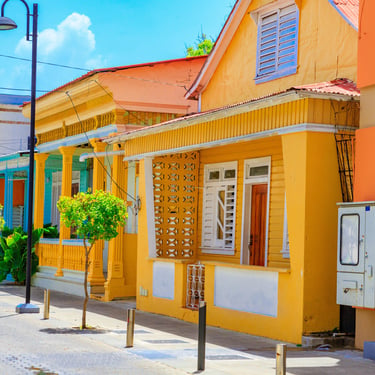
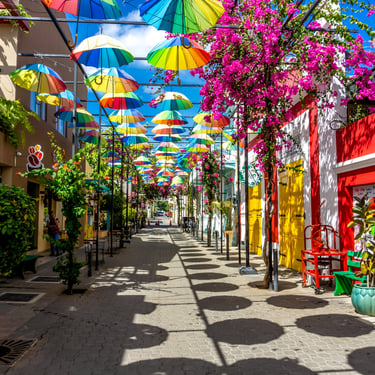
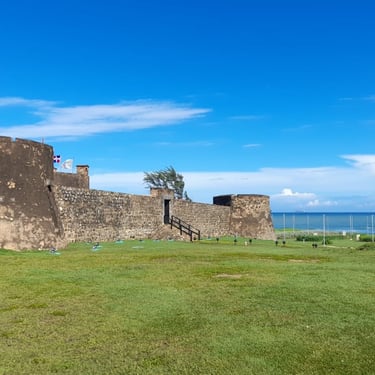
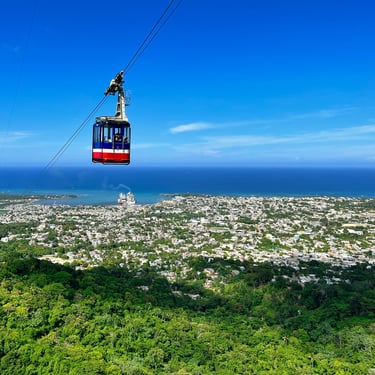
Explore the Dominican Republic with DR Simplified – Your Viator Travel Shop!
Discover the best excursions, cultural experiences, and adventure tours in the Dominican Republic, all handpicked for travelers like you! Whether you're looking for stunning beaches, historical sites, or thrilling activities, our Viator shop offers top-rated tours with trusted guides. Book with ease and make your trip unforgettable!
Terms and Conditions © All rights reserved 2025
Affiliate Disclaimer
Some links on DR Simplified are affiliate links. If you make a purchase or booking, we may earn a commission at no extra cost to you. Thanks for your support!


